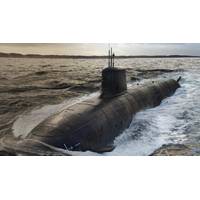
BAE Systems Secures $4,81B Funding for Next-Gen Nuclear Submarine Program
announcement in March by the leaders of Australia, the UK and the United States. This will eventually see Australia and the UK operate SSN-AUKUS submarines, which will be based on the UK’s next-generation design, incorporating technology from all three nations, including cutting-edge US submarine technologies.Having started early design work in 2021, the £3.95bn funding will cover development work to 2028, enabling BAE Systems to move into the detailed design phase of the program and begin to procure long-lead items. Manufacture will start towards the end of the decade, with the first SSN-AUKUS
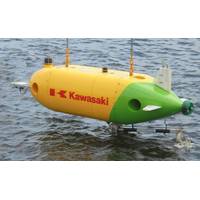
Stinger Prepping Kawasaki's SPICE AUV
AUV (Autonomous Underwater Vehicle).Stinger said last weekend that it would provide Kawasaki with services related to planning and preparing site testing of an AUV equipped with a robot arm for performing subsea pipeline inspections."The underwater intervention drone is based on a fusion of submarine technologies and industrial robot technologies fostered in-house over many years in Kawasaki Heavy Industries, Ltd," Stinger said.The preparation will include the installation of an about 700m pipeline down to an ocean depth of 230 meters. Installation of pipeline and testing are planned to be conducted
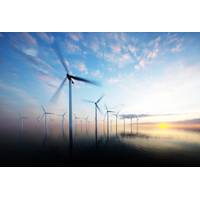
Roadmap for Renewable Energy
Thanks to increasing levels of debt financing for climate-aligned projects, wind-generated power has become one of the fastest-growing green industries. Jessica Williams, an Infrastructure Analyst at S&P Global Ratings, considers the submarine technologies that are making this progress possible. Renewable energy is making an increasing contribution to the electrical grid. By the end of 2016, “green energy” sources accounted for almost a quarter of the world’s electricity supply, according to REN21. Wind power has contributed significantly to this shift and is second
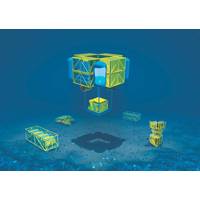
MUM's the Word: New UUV Takes Shape in Germany
model built and tested. The partners are targeting market readiness by 2025. As the project coordinator, thyssenkrupp no stranger to the subsea market. “thyssenkrupp is the market leader in non-nuclear submarines. A team of engineers within the company is dedicated to apply the cutting edge submarine technologies to the civil subsea industry. Within recent research projects, we for example developed a concept for electrical subsea power generation and storage based on non-nuclear air independent submarine propulsion technologies as well as a concept for a manned multipurpose submarine for arctic offshore
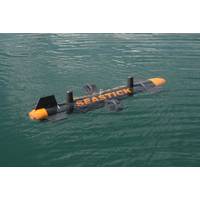
Meet the Seastick
generous mix of experience and wisdom with some of the best up and coming bright minds. Nardini explains. “We are a team of mostly young people (everyone in the technical staff is under 30 years of age) that, combined with the experience of our CEO, who spent his whole life working in the submarine technologies field, is able to handle such a massive project like the Seastick. Every one of us comes from very different fields of studies: physics, mechanical engineering, electronical engineering, marine biology. That makes us a very flexible team and let us face many problems with ease, and is in
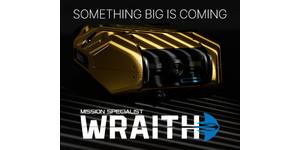
 August 2025
August 2025




